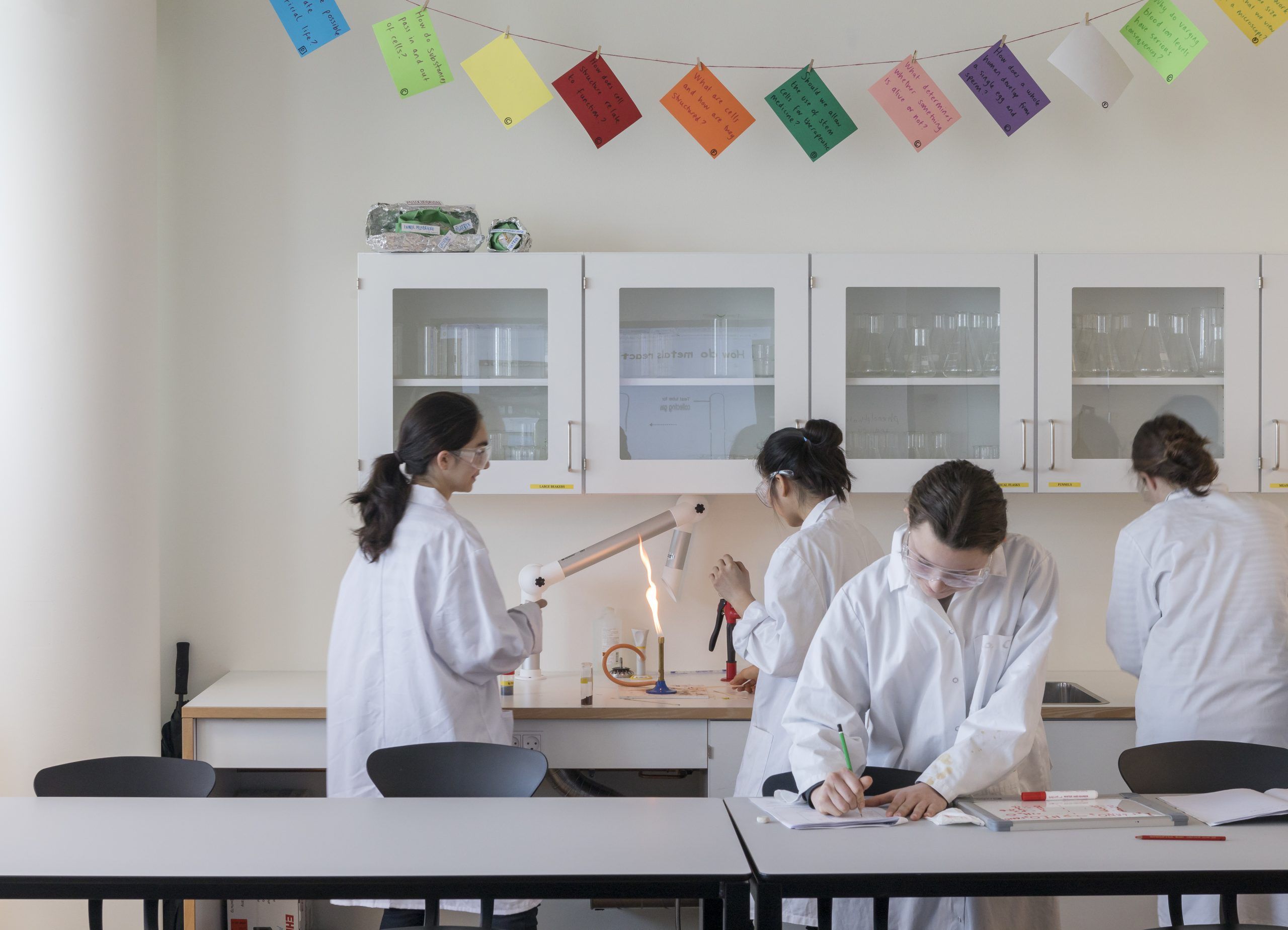In the EU’s race to carbon neutrality, agriculture has become a policy battleground.
The reason, as most people are now aware, is that soil plays a crucial role in carbon sequestration – and a key actor in soil management is agriculture.
Several member states are in the process of hashing out their own legislation for managing the carbon emitted from agricultural production. This has met with mass protests by farmers across the bloc.
Farmers argue that the available technical solutions for reducing carbon output at scale are too expensive, and that governments should incentivise rather than penalise farmers by introducing better subsidies to support their green transition.
Indeed, in a sector beset by extraordinarily tight margins and change-resistant practices, there is little extra cash to cover the cost of carbon-cutting technology.
In Denmark, the proposal is to bring in a ‘green tax reform’ that will tax farmers based on the volume of greenhouse gases emitted by the agricultural production on their land.
The ramifications of this are huge: farmland makes up over 60 percent of Denmark’s total area. Together with Bangladesh, Denmark is the most cultivated country in the world.
Farm emissions still high despite wider climate efforts
The foundation of the coming green tax reform was laid in 2020 by a broad political agreement in response to the failure of Denmark’s agricultural sector to reduce its greenhouse emissions over the past decade.
According to 2020 figures from the ecology NGO Økologisk Landsforening, Danish farms emit some 10.6 million tonnes of CO2 annually.
That load is equivalent to 22.4 percent of the country’s total carbon emissions, compared with 15.6 percent ten years ago – a share which has increased as other sectors have reduced their emissions.
What is Denmark’s CO2 tax?
The broad idea is to make it more expensive for farmers to pollute, while income from the tax will be returned to the agricultural sector as subsidies that make green initiatives cheaper.
The CO2 tax is sometimes expressed as ‘CO2e’ – meaning CO2 equivalent, and covers several different types of greenhouse gases that are commonly produced in agriculture.
Despite lending its name to the tax, CO2 is not the worst offender. Large quantities of methane, for example, are emitted by livestock and released from manure spread on fields.
Methane is over 28 times as potent as carbon dioxide at trapping heat in the atmosphere, according to the US Environmental Protection Agency.
Emissions also come from lowland soils, which are typically drained and therefore emit both CO2 and nitrous oxide – a gas that is more potent than methane and up to 100 times more potent than CO2.
While lowland soils make up only seven percent of Denmark’s agricultural area, they account for around a third the sector’s emissions, according to Danmarks Naturfredningsforening.
Will it work?
In 2023, an analysis by The Danish Council on Climate Change found that a tax of DKK 750 per tonne of CO2 could reduce the sector’s 2030 emissions by around 45 percent compared to 1990 levels.
However, that would still fall short of the 55 to 65 percent target that was agreed in Folketinget in 2021, the last time agriculture emissions were up for debate.
Though that target is equivalent to reducing 6.1 and 8 million tonnes of greenhouse gas emissions, the agreement only contained real plans for reducing 1.9 million tonnes.
The rest is expected to come with the development of new technology, such as feed additives that can reduce methane emissions.
It is hoped that a tax on production will push individual farmers to use these new technologies, or to make structural changes such as switching from animal to plant-based farming and removing lowland soils from circulation.
But according to the Danish Council on Climate Change, it will also result in an increase in the proportion of Danish farms with a negative net income from around 25 to 45 percent.
And raising the tax even higher will not incentivise farmers to mitigate emissions as the existing technical solutions for doing so, called ‘carbon abatement measures’, are not cost-attractive.
This means that innovation is the only way to ensure the sector’s long-term transition. The council argues that a future green tax reform can accelerate these changes.
Up for debate this week
On 21 February, an expert group commissioned by the Danish government and parties at the Danish Parliament will present its final report on the green tax reform, with proposals for how Danish agriculture can reduce its emissions.
It will be handed to Danish politicians, who will discuss the likely next steps and their significance in the wider European debate, before settling on an agreement.
A green consumer tax for carbon-costly supermarket goods is also part of the proposal.
Economists have calculated that this would raise the price of meat and dairy products by six percent, according to DR.
Though the 2021 agreement was careful to emphasise that “social balance” must be maintained in the upcoming reform so as not to increase inequality, it became a hot topic in the last election, with Mette Frederiksen famously commenting in a debate:
“A single mother with three children who go to soccer makes spaghetti meat sauce after practice – I don’t want to put extra taxes on what I consider to be completely ordinary food.”
Professor Kristian Konghøj, a climate and inequality researcher at Aalborg University, makes the point that, just as income from a tax on agricultural production can be returned to farmers via subsidies, income from a tax on meat and dairy products could be returned to Danes as a ‘green check’ or as a tax deduction for low-income earners.
“If you do nothing but introduce a CO2 tax, it may increase economic inequality with those at the bottom of the income pyramid bearing the green transition and adjusting their consumption, while richer Danes can do as they usually do,” says Kongshøj to DR.
Either way, many experts argue that Danes should cut back on beef. In 2021, a survey of 7500 people in 21 countries by the University of Copenhagen found that 46 percent of Europeans had reduced their meat intake over the past 12 months.
The figure for Denmark was 37 percent, putting it in joint-last place for reduction of meat intake.
Last year, Tax Minister Jeppe Bruus responded diplomatically to Frederiksen’s meat-sauce comment with: “we must achieve our climate goals, but with an approach in which everyone can participate.”
Regenerative farming
A tax on meat, dairy and agriculture may be a challenge to our collective ingrained habits and practices, but farming has incredible potential to participate in climate action.
Given the importance of soil for carbon storage, agriculture could be as much of a tool to fight climate change as it is now one of its major contributors.
A new generation of climate-friendly agriculture, termed ‘regenerative farming’, can achieve this by actively supporting ecosystems, capturing carbon from the air and creating healthier soils.
Some independent resources are already in place to help the agriculture sector: Climate Farmers, for example, facilitates information exchange, measures data on the effects that sector transformation has on soils, and develops financial support for farmers.
However Denmark’s green tax reform legislation takes shape, it must pave the way for a long-sighted shift to regenerative agriculture.
This is a crucial piece of legislation that will set the socio-economic playing field for Denmark’s, and Europe’s, green future.













